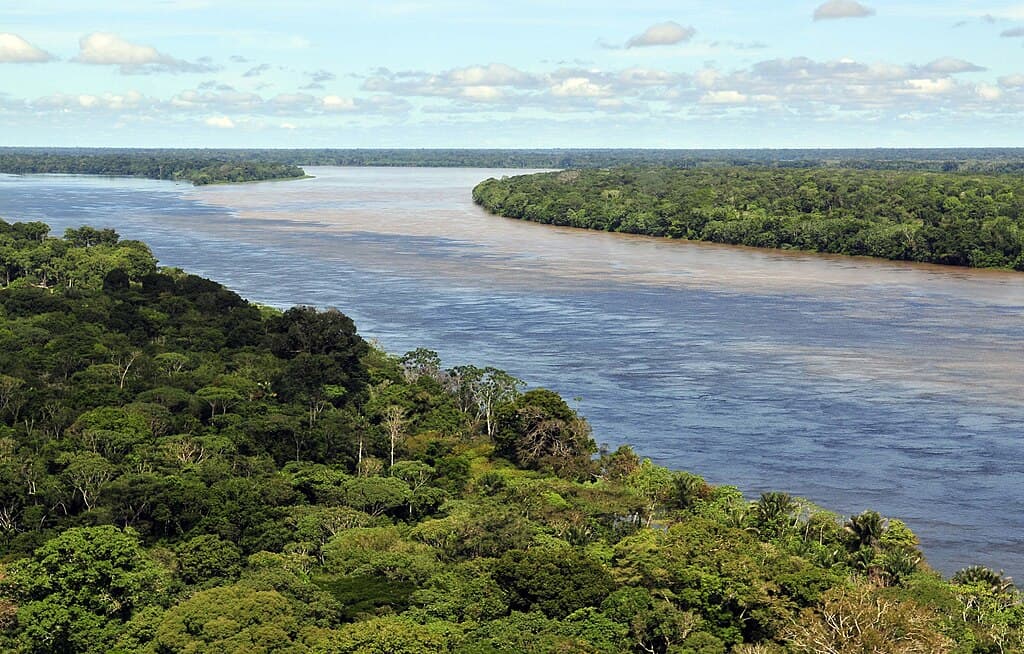When it comes to nature’s wonders, rivers hold a mysterious allure, snaking through landscapes and shaping ecosystems. However, behind their serene facades, some rivers harbor dangers that can turn a swim into a perilous adventure. In this article, we’ll journey through ten of the world’s most treacherous rivers, exploring their unique dangers and why even the most adventurous swimmers might want to keep a safe distance.
Amazon River A Predator’s Playground
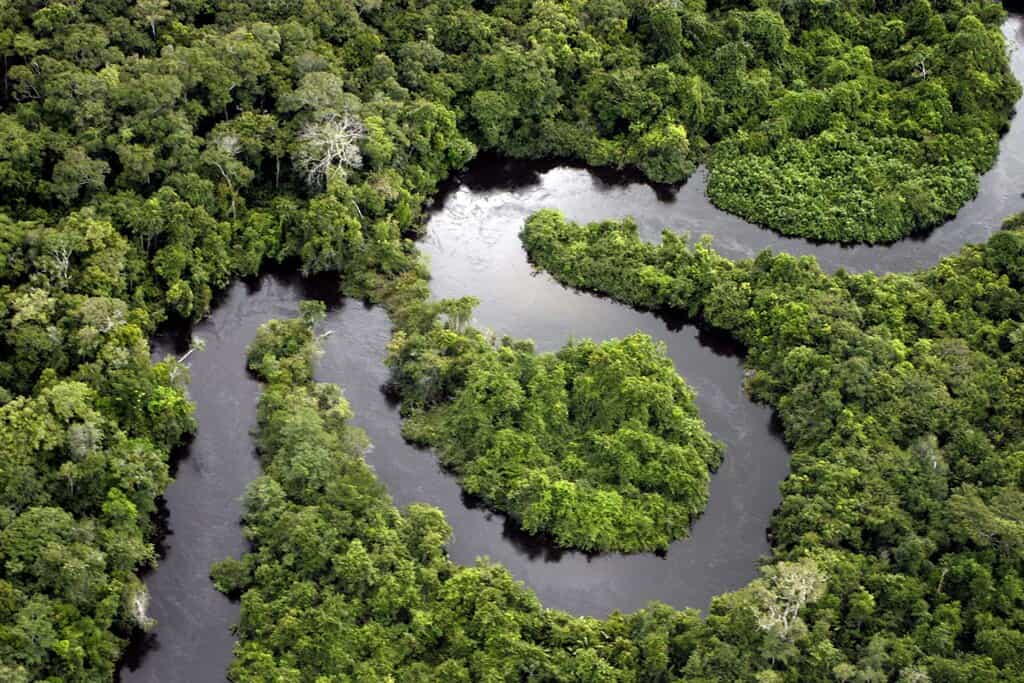
The Amazon River, flowing through the heart of the South American rainforest, is home to some of the world’s deadliest creatures. The water’s turbid depths conceal razor-toothed piranhas, aggressive bull sharks, and the elusive anaconda—all of which could pose significant threats to unsuspecting swimmers. Besides, the sheer scale of the river exposes swimmers to strong currents and unpredictable weather, making it a risky choice for a swim.
Ganges River Sacred Yet Treacherous
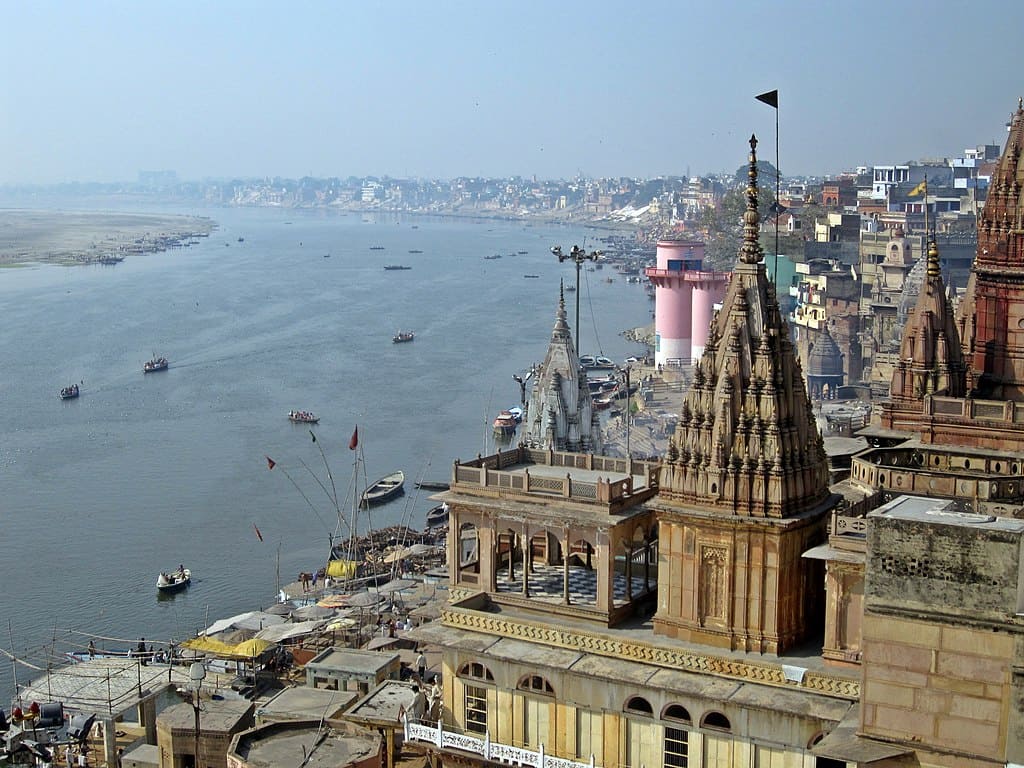
As one of the most spiritually significant rivers in India, the Ganges River attracts millions of pilgrims annually. However, its sacred waters are severely polluted, containing high levels of industrial waste, untreated sewage, and harmful bacteria. Thus, while immersing in the Ganges is a cherished ritual, the health risks, including infections and diseases, make it unsafe for casual swimming.
Nile River Silent but Deadly

The Nile River, synonymous with ancient civilizations and rich history, flows through multiple African countries. However, beneath its historical allure lurks danger in the form of Nile crocodiles, one of the largest and most aggressive of their kind. In addition to crocodile attacks, bilharzia, a parasitic disease transmitted through the water, poses another hazard for swimmers.
Yangtze River A Behemoth with Hidden Dangers

As Asia’s longest river, the Yangtze is a crucial waterway for China, supporting a wealth of biodiversity. Unfortunately, industrialization and urban expansion have led to extensive pollution, rendering its waters hazardous. Additionally, strong currents and whirlpools, especially near the Three Gorges area, contribute to the risk. These factors combine to make the Yangtze an unwelcoming venue for swimmers.
Mekong River Beautiful but Relentless
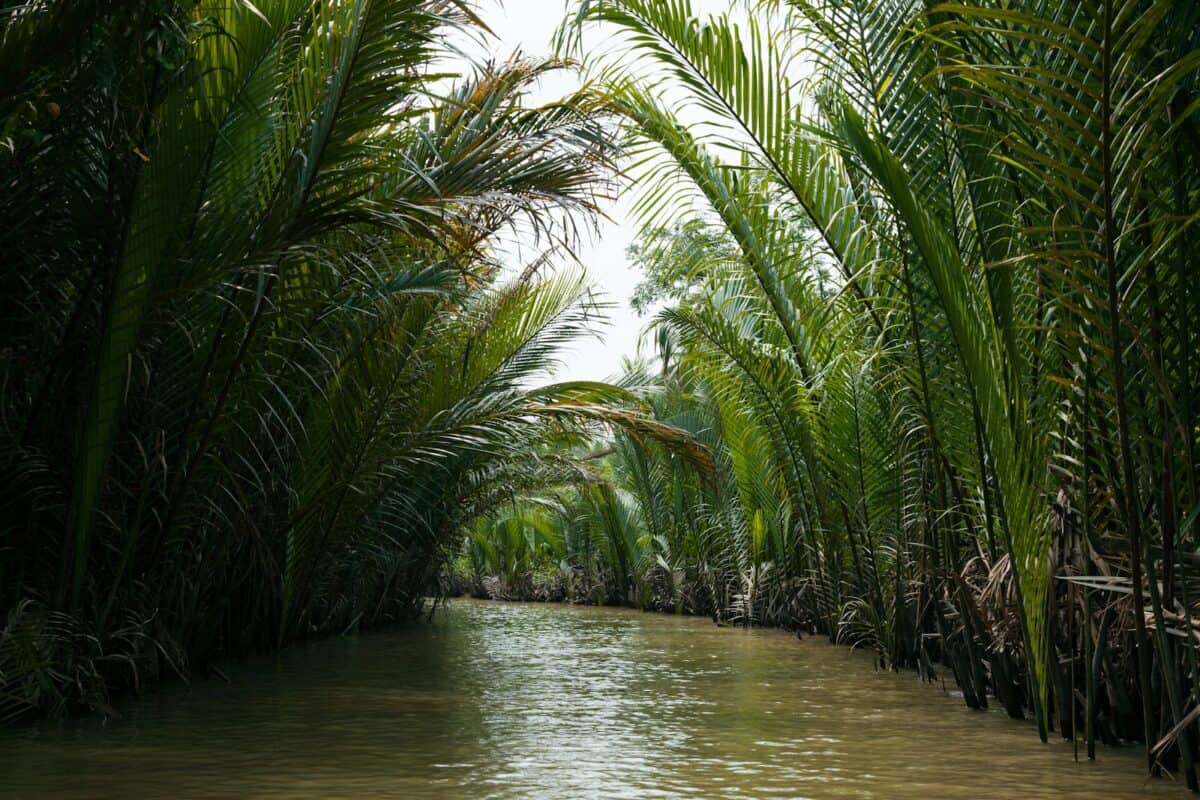
Stretching across several Southeast Asian countries, the Mekong River is both a lifeline and a danger to those who live near it. While it nourishes rich ecosystems, the river is notorious for its powerful currents and unpredictable flash floods. The waters are also home to venomous snakes and hidden underwater debris, both posing further threats to safety.
Mississippi River Stealthy and Deceitful

In the United States, the Mississippi River is steeped in cultural significance yet is fraught with danger. Its vast size disguises the strength of its currents, which can easily overwhelm swimmers. Seasonal flooding is another risk, dramatically altering the river’s flow and depth. Moreover, submerged logs and debris can ensnare the unwary, emphasizing the need for caution.
Orinoco River A Venomous Traveler
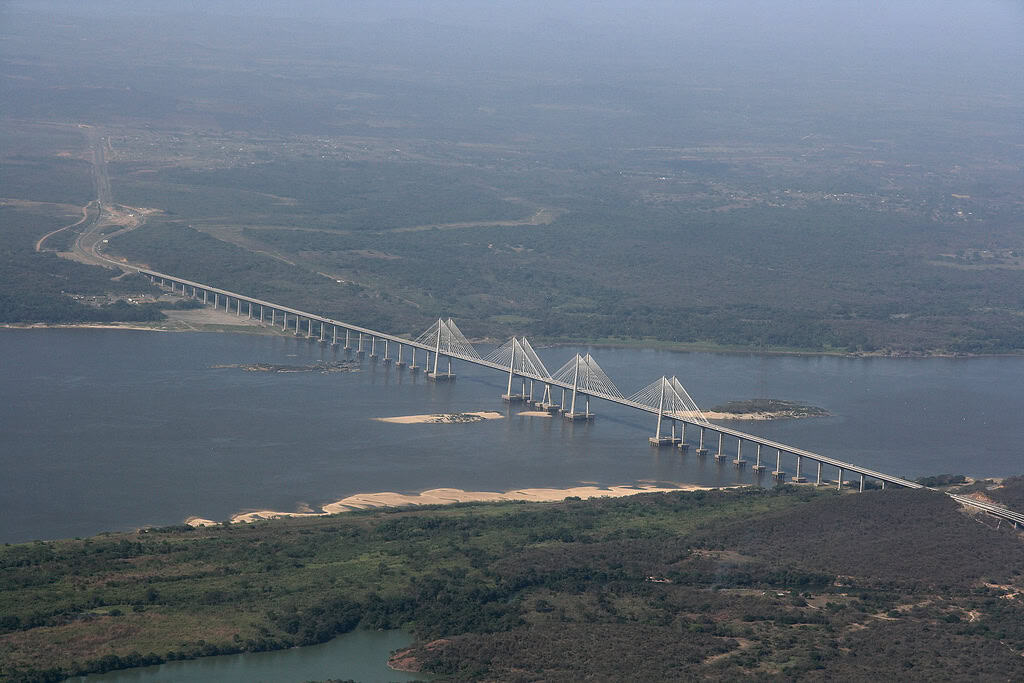
The Orinoco River spawns a complex web of tributaries through Venezuela and Colombia, carving out habitats for a variety of wildlife. Among its denizens are the dangerous electric eel, capable of delivering a potent shock, and aggressive caimans. Combined with challenging navigation due to strong currents and sudden rapids, the Orinoco is anything but a safe swimming spot.
Congo River Wild and Unpredictable
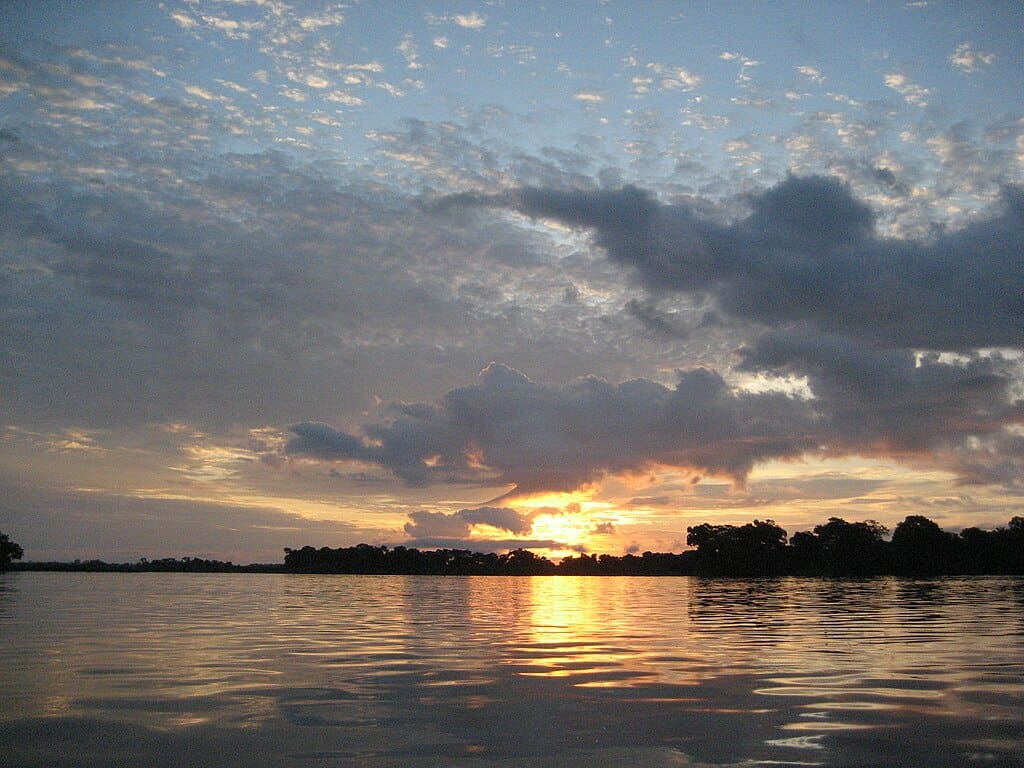
Second in length only to the Nile on the African continent, the Congo River boasts some of the world’s deepest and fastest-moving waters. The river’s treacherous rapids and whirlpools have earned it a formidable reputation. Beyond the water itself, the dense surrounding jungle is home to dangerous wildlife and endemic diseases, posing further risks to explorers and swimmers alike.
Yellow River The Wrath of the Dragon
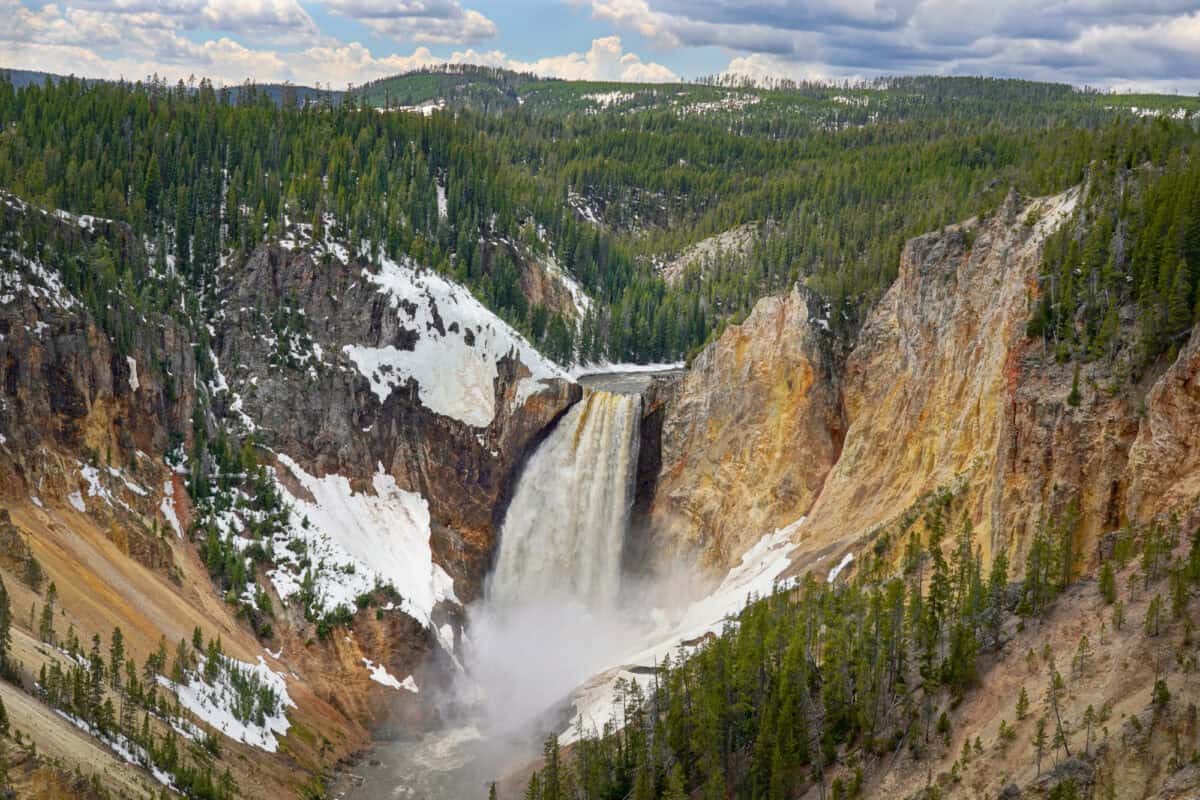
China’s Yellow River, often referred to as “China’s Sorrow” due to its history of devastating floods, remains hazardous today. Its fast and often unpredictable currents make swimming perilous. The river’s heavy sediment load further complicates matters, making water visibility poor and enhancing the difficulty of navigation.
Rio Tinto Uniquely Hostile Waters
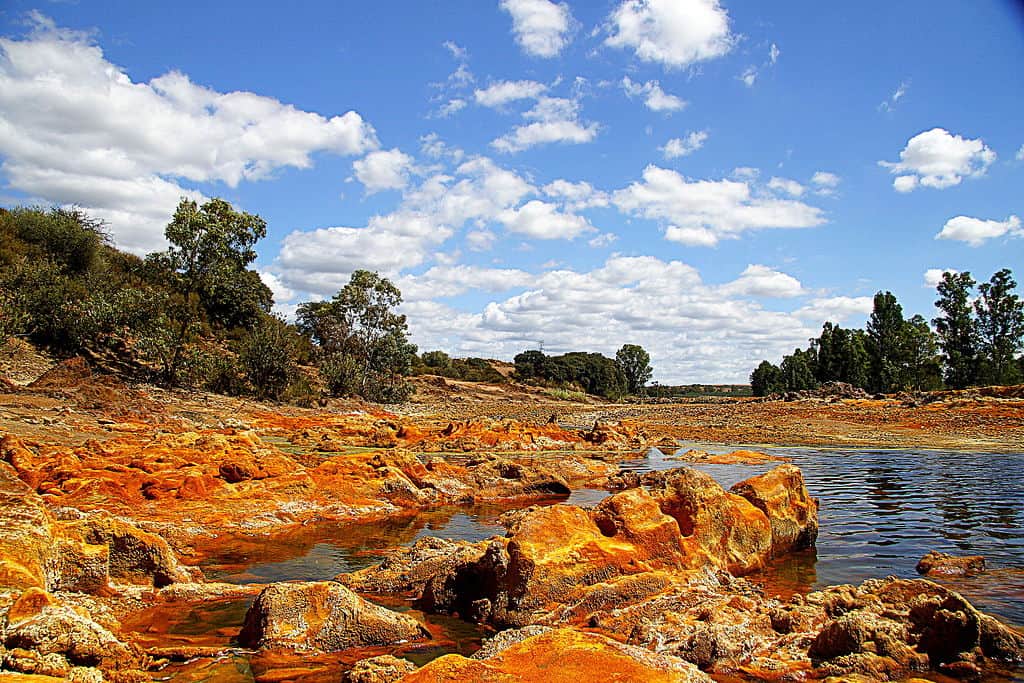
The Rio Tinto in Spain is a wonder of nature with its strikingly red waters caused by iron dissolved from the riverbed. Although visually engaging, the river’s acidic composition, resulting from natural geological processes and extensive mining activities, makes it inhospitable for most aquatic life and dangerous for human contact.
Zambezi River Majestic and Menacing

Famed for the mighty Victoria Falls, the Zambezi River is one of Africa’s great waterways. However, its allure is marred by dangers such as aggressive hippos and crocodiles. The river’s powerful currents and hidden underwater rocks make swimming perilous, especially during the rainy season when flooding is common.
Strong Currents and Environmental Threats

Rivers, by their nature, are dynamic and ever-changing. Their currents can quickly transition from calm to overpowering, and environmental factors like pollution and diseases add layers of risk. Whether it’s the presence of wildlife, industrial pollutants, or geographical challenges, respecting these waters means recognizing their dangers.
Conclusion:

In conclusion, rivers provide more than just scenic beauty and ecological value; they also command respect for their latent dangers. While the temptation to swim in these natural wonders may be strong, it’s crucial to understand and respect the risks involved. Whether traveling the world or exploring local waters, always prioritize safety and consider the hidden truths each river possesses.
- 13 Most Aggressive Mammals in the Wild - August 24, 2025
- 10 Behaviors That Keep Eagles Healthy And 3 That Shorten Lifespan - August 24, 2025
- 13 Wildest Animal Migration Journeys - August 24, 2025

